Deck & Commander Strategies
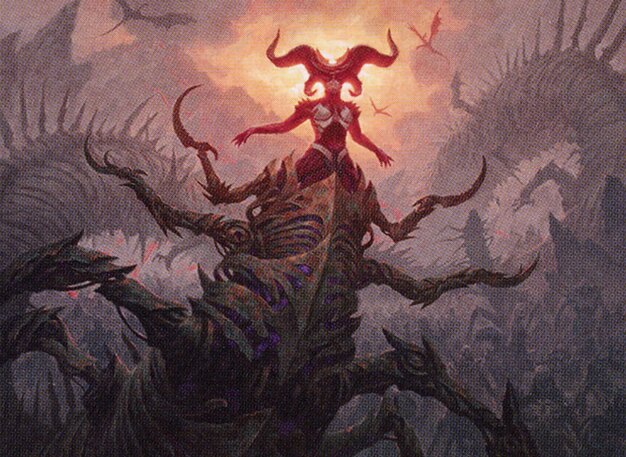
Sheoldred, the Apocalypse
Utilizes sacrifice outlets and powerful black creatures like Diregraf Obliterator to control the board and drain opponents’ life, leveraging reanimation and mana acceleration for a resilient midrange pressure.
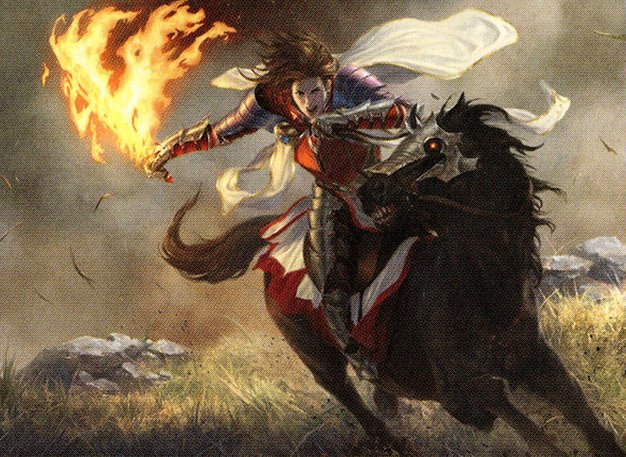
Syr Gwyn, Hero of Ashvale
A Voltron build focused on equipping Syr Gwyn with various equipment to boost combat damage, gain lifelink, trample, and menace, aiming to close the game quickly through aggressive commander attacks.

Orvar, the All-Form
A mono-blue control deck centered on copying instants and sorceries to generate card advantage and counter key threats, while maintaining board presence through versatile creatures and card draw engines.
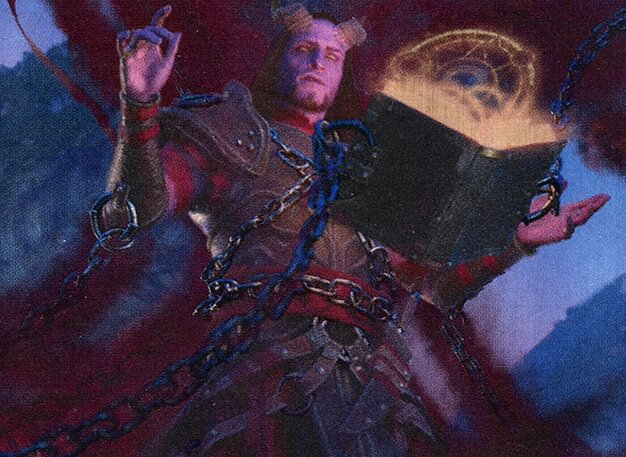
Prosper, Tome-Bound
Leverages exile-based synergy with cards like Theater of Horrors and Disciple of the Vault to drain opponents and generate incremental value, combining life payment and resource denial to control tempo.
Gameplay Insights
- 1
Reanimating Diregraf Obliterator early created a significant board threat that forced opponents to respond or lose substantial life.
- 2
Syr Gwyn’s free equipment attachment ability enabled rapid Voltron growth, making commander attacks highly impactful with multiple combat keywords.
- 3
Orvar’s spell copying and counterspell usage effectively slowed down opponents’ aggressive plays, buying time to build card advantage.
- 4
Prosper’s exile mechanic with Theater of Horrors allowed him to cast spells from exile, maintaining pressure and resource flexibility despite aggressive board states.
- 5
Players made tactical decisions around paying life for effects, balancing tempo versus long-term gain.
- 6
Mana Drain was used as a pivotal counterspell to disrupt key spells, indicating the importance of well-timed interaction in the game.
Notable Cards
-
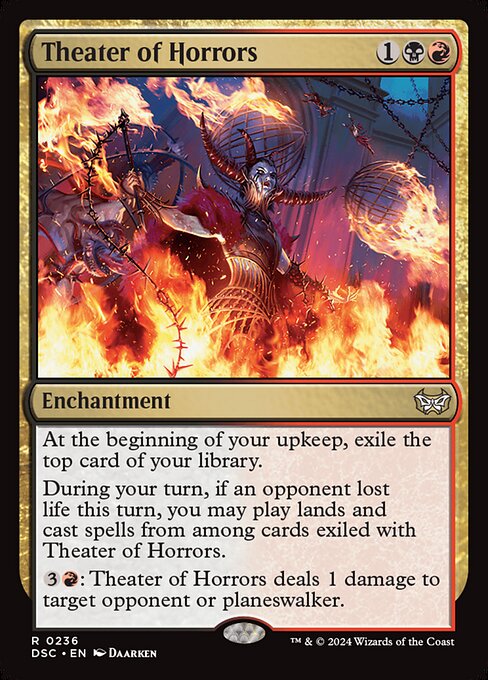
Theater of Horrors
-
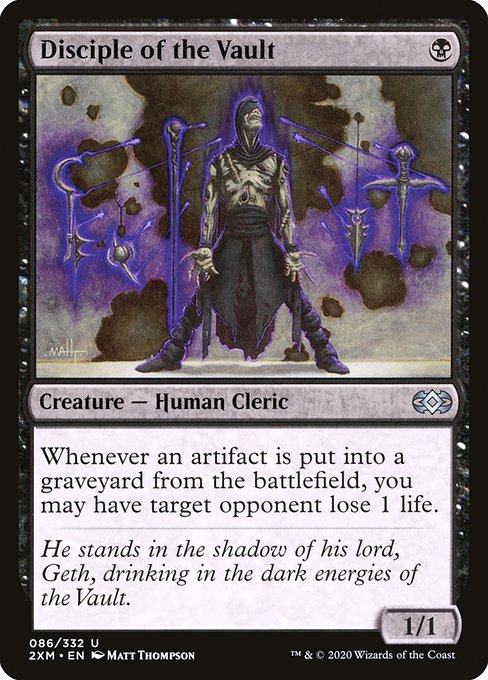
Disciple of the Vault
-
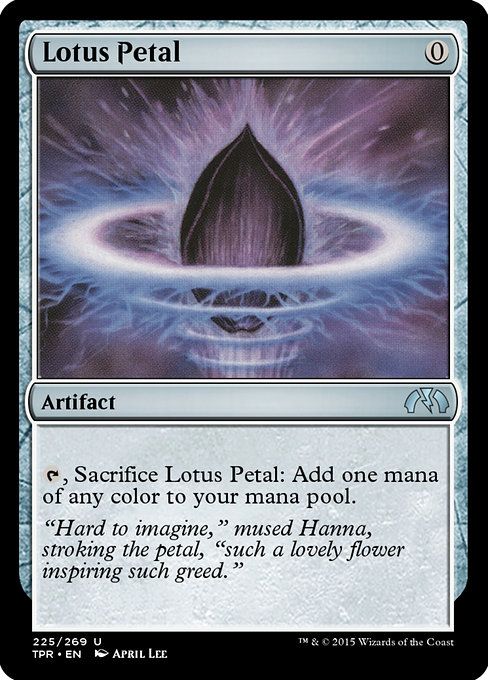
Lotus Petal
-
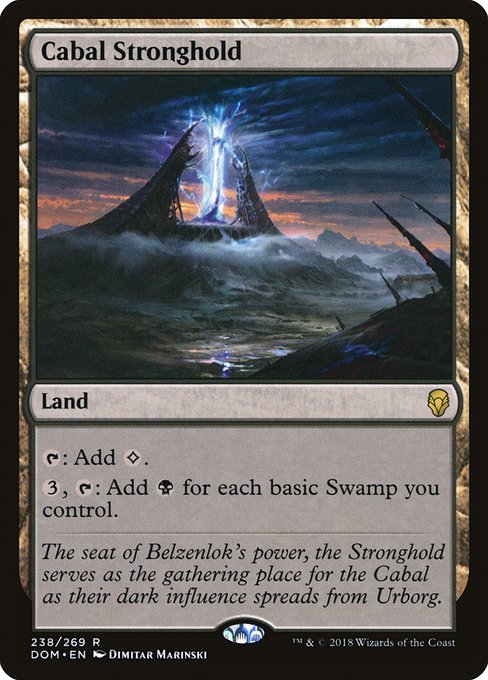
Cabal Stronghold
Gameplay Summary
The game began with players developing their boards cautiously, with early plays such as Lotus Petal and basic lands setting the pace.
Sheoldred, the Apocalypse player quickly established a threatening board state by casting Diregraf Obliterator, supported by mana acceleration and sacrifice outlets like Bog Initiate and Cabal Stronghold.
Meanwhile, the Syr Gwyn player focused on a Voltron strategy, equipping and enhancing their commander with equipment like Shadow Spear, gaining trample, lifelink, and menace.
Orvar, the All-Form’s player leveraged card draw and spell copying to maintain control and flexibility, while Prosper, Tome-Bound’s deck utilized exile mechanics and incremental value from cards like Theater of Horrors and Disciple of the Vault to drain opponents and generate advantage.
Key turning points included Sheoldred’s Diregraf Obliterator reanimation, which pressured opponents heavily due to its punishing removal effect, and Syr Gwyn’s aggressive equipment setup that threatened big swings and life gain.
Orvar’s use of Ristic Study and spell copying allowed for timely counterspells and card advantage, slowing down opponents’ advances.
Prosper’s synergy with exile and incremental damage proved a consistent threat, though the board state remained dynamic with multiple players trying to assert dominance through combat and resource denial.
The game’s tension revolved around managing these threats, with players responding to each other’s key plays like mana draining and reanimation, and leveraging incremental advantages to push for victory conditions rooted in combat damage and value generation from exile and sacrifice triggers.










































![Commander VS S17E3: Korvold VS Alela VS Chulane VS Syr Gwyn [Brawl] thumbnail](https://i.ytimg.com/vi/Pa8JzkN1leY/sddefault.jpg)







